Introduction
Razor clams, scientifically known as Solen strictus, are a prized delicacy in coastal cuisines worldwide. Revered for their sweet, briny flavor and tender texture, these elongated bivalves inhabit sandy or muddy intertidal zones, burrowing rapidly when disturbed. Yet, beneath their culinary appeal lies a persistent debate among seafood enthusiasts and chefs: Should the dark intestinal tract, often visible through the clam’s translucent flesh, be removed before cooking? This article explores the anatomical, culinary, and safety-related dimensions of this question, offering insights to help consumers and cooks make informed decisions.
Anatomy of the Razor Clam: Understanding the Intestinal Tract
To address the debate, one must first understand the razor clam’s biology. Like all bivalves, razor clams possess a two-part shell enclosing a soft body divided into key regions: the foot (used for burrowing), the siphon (for feeding and respiration), and the visceral mass, which houses internal organs. The intestinal tract, a thin, dark tube running from the stomach to the anus, is part of this visceral mass. Its coloration stems from undigested food particles, such as plankton and detritus, which the clam filters from seawater.
Critically, the intestinal tract is not a distinct “sac” but a continuous tube. While some sources mistakenly refer to it as the “stomach” or “gut,” its primary role is digestion and waste excretion. Unlike certain mollusks, such as abalone, which store toxins in their livers, razor clams do not accumulate pollutants in their intestines in the same way. However, the tract may contain sand, grit, or bacteria, depending on the clam’s environment.
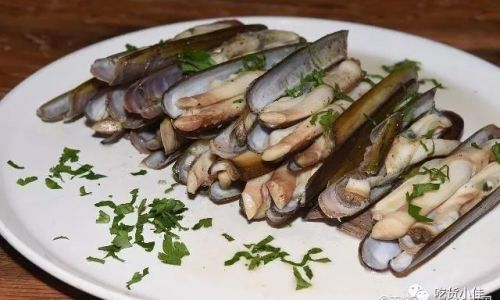
Food Safety: Risks and Mitigation
The foremost concern surrounding razor clam intestines is food safety. Like all shellfish, razor clams can harbor pathogens such as Vibrio bacteria, which thrive in warm coastal waters. These bacteria can cause gastrointestinal illness if consumed raw or undercooked. Additionally, the intestines may contain biotoxins if the clam has fed on harmful algal blooms, a phenomenon known as paralytic shellfish poisoning (PSP).
However, the intestines themselves are not inherently more dangerous than the rest of the clam’s flesh. Proper cooking—typically by steaming, boiling, or frying—neutralizes most pathogens. The U.S. Food and Drug Administration (FDA) recommends cooking shellfish until their internal temperature reaches 145°F (63°C), ensuring harmful microorganisms are destroyed.
For raw preparations, such as sashimi or ceviche, the calculus changes. Chefs who serve razor clams raw often remove the intestines to eliminate any grit or visible matter, prioritizing aesthetics and texture. However, freezing the clams at -4°F (-20°C) for seven days, as per FDA guidelines, can also kill parasites and reduce bacterial loads, rendering them safer for raw consumption without removing the intestines.
Culinary Traditions: To Remove or Embrace?
Culinary practices vary widely across regions, reflecting cultural preferences and historical precedents.
Asian Cuisines: A Case for Minimal Cleaning
In many East and Southeast Asian cuisines, razor clams are prepared with the intestines intact. For example, in Chinese stir-fries or Korean jogae-muchim (seasoned clams), the intestines are considered edible and even prized for their flavor. Chefs argue that removing them diminishes the clam’s natural taste, as the intestines contribute subtle umami notes from digestive enzymes and residual plankton.
Similarly, Japanese hamaguri (clam) soup often retains the intestines, which dissolve during cooking, thickening the broth. In these traditions, thorough purging—soaking clams in saltwater to expel sand—is deemed sufficient to ensure palatability.
Western Approaches: Aesthetics and Texture
In contrast, Western recipes frequently advocate removing the intestines. European and American chefs often cite texture as the primary reason: the intestinal tract can become chewy or fibrous when cooked, detracting from the clam’s delicate consistency. Additionally, the dark coloration may be unappealing to diners accustomed to pristine, uniformly white shellfish.
For dishes like linguine with clam sauce or fried clam strips, removing the intestines ensures a uniform appearance and tender bite. Some chefs also argue that the intestines may impart a slightly bitter or metallic aftertaste, though this is disputed.
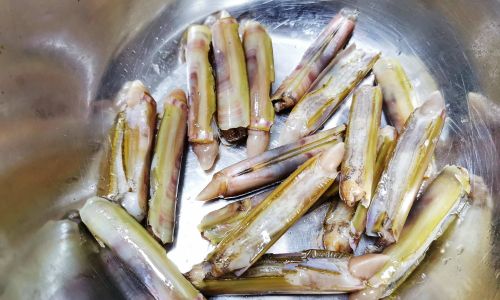
Sustainability and Waste Reduction
A growing movement emphasizes minimizing food waste, prompting some to question the necessity of discarding edible parts. The intestinal tract, while small, represents a fraction of the clam’s edible mass. Advocates for leaving it intact argue that doing so aligns with zero-waste cooking principles, provided the clam is sourced from clean waters and properly cleaned.
Step-by-Step Guide: Cleaning Razor Clams
For those who opt to remove the intestines, the process requires precision to avoid damaging the clam’s flesh. Here’s a detailed method:
- Purging: Soak live clams in a saltwater solution (1/3 cup salt per gallon of water) for 2–4 hours. This encourages them to expel sand and grit.
- Shucking: Use a sharp knife to pry open the shell, severing the adductor muscle. Discard the top shell.
- Locating the Intestine: The intestinal tract appears as a dark vein running along the clam’s body, near the siphon.
- Removal: Gently scrape the intestine away from the flesh using the knife’s tip or a toothpick. Avoid piercing the flesh to prevent juice loss.
- Rinsing: Rinse the clam under cold water to remove any remaining debris.
Expert Opinions: Balancing Flavor and Safety
We consulted marine biologists and chefs to gauge their perspectives:
- Dr. Elena Torres, Marine Biologist: “The intestinal tract itself isn’t harmful if the clam is sourced from a certified clean area. However, in regions with pollution or red tides, removing it reduces exposure risks.”
- Chef Marco Rossi, Italian Seafood Specialist: “In Italy, we remove the intestines for aesthetic reasons. Diners expect a pristine presentation, and the texture difference is noticeable.”
- Chef Mei Lin, Michelin-Starred Chinese-American Chef: “I leave them in. The intestines add depth, and our ancestors have eaten them this way for centuries. It’s about trusting your source and preparation.”
Environmental Considerations
Razor clam populations are generally stable, but overharvesting and habitat destruction pose risks. Sustainable practices include adhering to catch limits, avoiding harvesting during spawning seasons, and supporting aquaculture operations that prioritize water quality. Cleaning methods have minimal environmental impact, though discarding intestines contributes to organic waste in landfills. Composting, where feasible, mitigates this issue.
Conclusion: A Matter of Context
The decision to remove razor clam intestines hinges on three factors: safety, culinary tradition, and personal preference. For raw preparations or areas with pollution concerns, removal is advisable. Cooked dishes in clean waters may retain the intestines without issue. Ultimately, the debate underscores a broader truth: no single “correct” method exists in cooking, only choices shaped by culture, science, and taste.
Whether you opt for pristine simplicity or embrace the clam’s full anatomy, one principle remains universal: respect the ingredient. By understanding its biology and handling it with care, you honor the razor clam’s place at the table—intestines and all.
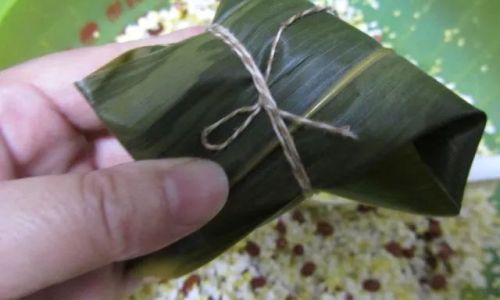


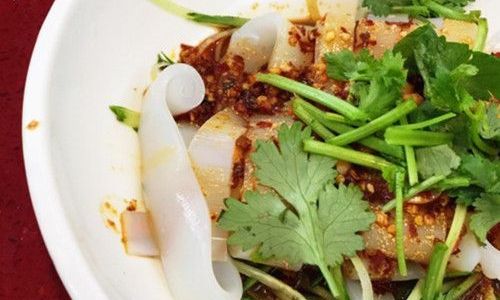
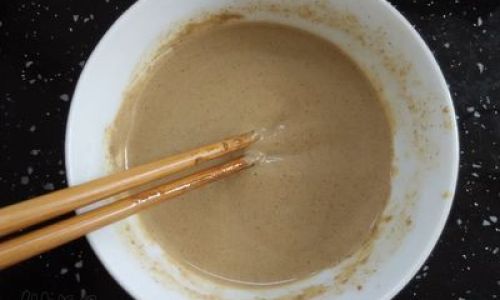
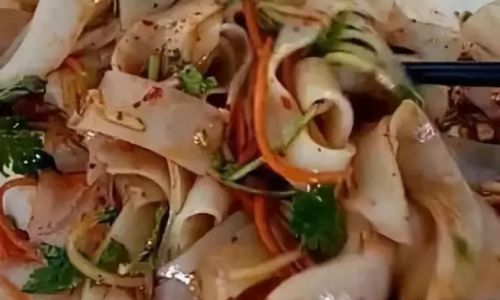
0 comments